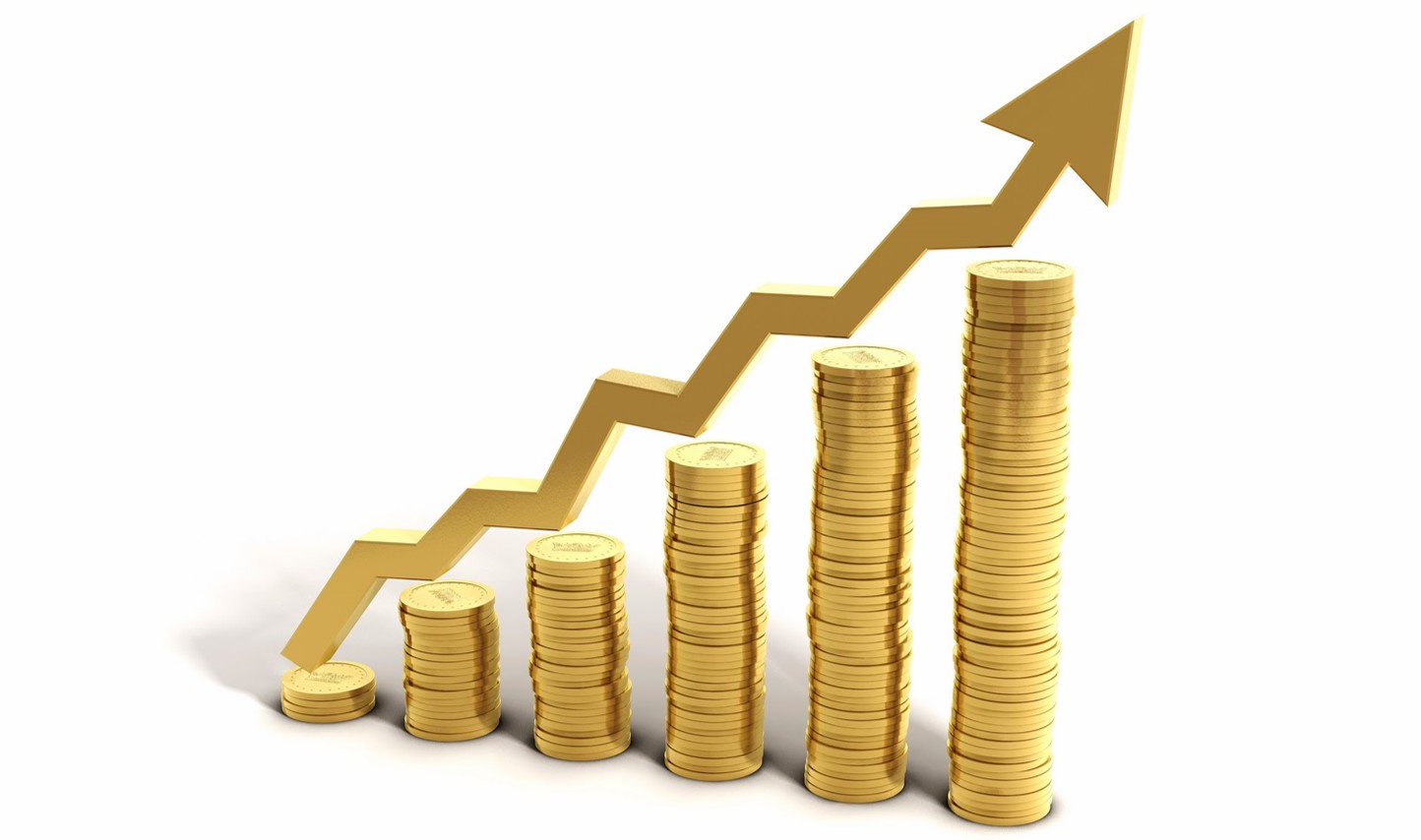The real interest rate of U.S. Treasuries hit a record low, why didn't the price of gold rise?

The divergence between the gold price and the real interest rate trend of U.S. Treasuries since June of this year is confusing. As shown in Figure 1, the real interest rate of the 10-year U.S. Treasury, as the opportunity cost of holding gold, has a significant negative correlation with the price of gold: for example, in August 2020, when this interest rate fell to the historical low at that time, The price of gold soared to a record high of US$2063 per ounce. However, since June this year, this real interest rate has repeatedly hit record lows, and the price of gold has been trading sideways around US$1,800 per ounce. Why hasn't the price of gold soared following the break of this interest rate this time?
Is it because of the strengthening of the dollar? We believe that this is not the main reason. Although there was a wave of rebound in the US dollar while the gold price fluctuated and fell in June this year, as shown in Figure 2, from a longer history, the gold price and the US dollar did not always maintain a negative correlation. : For example, at the beginning of 2020, the rise in the price of gold will be accompanied by the strengthening of the U.S. dollar. From an absolute level, the U.S. dollar does not constitute a constraint on the rise of gold prices: for example, when the gold price hit a record high of $2063 per ounce in August 2020, the U.S. dollar index was around 93, and in July this year, when the U.S. dollar index was also at 93. When it was nearby, the price of gold was only $1802 per ounce.
So since June, in the process of the real interest rate of U.S. Treasuries reaching a new low, what are the reasons that have restricted the rebound of gold prices?
We think it is the market's expectations for the Fed to raise interest rates. As shown in Figure 3, due to the drastic changes in the dot matrix of the Fed's June meeting on interest rates, the market has begun to realize that raising interest rates is no longer an unattainable risk, and the trend of gold prices has also begun to reflect the market’s expectations for the Fed’s interest rate hike. Changes in the Fed, especially the number of interest rate hikes by the Fed in the next round of interest rate hike cycles. Judging from the current Fed funds rate futures as far as 2025, since the June meeting of interest rates, although the real interest rate of U.S. Treasuries has continued to fall, the market does not expect the Fed to raise interest rates significantly in the next four years. (Always 4-4.5 times), this also limits the room for the price of gold to rebound.
This shows that when the market is beginning to worry about the risk of interest rate hikes, if the price of gold continues to rebound in the future, we need to see the market's continued cooling of the Fed's interest rate hike expectations.
It is also worth noting that the trend of gold prices is often "foresight" in predicting the actions of the Fed. During 2012-2015, the price of gold continued to fall. It turned out that the Fed overestimated the interest rate hike situation. As the price of gold fell, the Fed’s long-term forecast of the policy interest rate was continuously lowered from 4.3% to 3%, which means that The forecast for the number of interest rate hikes in that round of interest rate hike cycle has dropped from 16 times to 11 times (in fact, only 9 times have been added). When the price of gold stabilized and rebounded in 2016, the Fed also stopped lowering its long-term forecast of policy interest rates.
Therefore, if the price of gold falls further in the future, it indicates that the Fed's forecast of interest rate hikes is likely to be over-tightened; on the contrary, if the price of gold rises further, it indicates that the Fed's forecast of interest rate hikes is lagging behind the economic situation.
Risk warning: a new round of virus mutation spreads to the United States, and domestic inflationary pressures continue to increase.



